Kaze to Ki no Uta Sanctus: Sei Naru Kana (1987)
1h
Running Time
November 6, 1987Release Date
Kaze to Ki no Uta Sanctus: Sei Naru Kana (1987)
1h
Running Time
November 6, 1987Release Date
Network & Production Companies

Plot.
Son of a viscount and a Roma prostitute (both deceased), Serge is intelligent, sweet, talented, and alienated by his family due to his heritage. Upon being sent to his new school, he rooms with Gilbert Cocteau, a gorgeous loner of a boy who sells his body for reasons unknown. Serge's attempts to reach out to Gilbert fail spectacularly, and yet there is something in both of them that attracts them to each other.
Where to Watch.
No streaming offers found
Cast & Crew.

Yuko Sasaki
Gilbert Cocteau (voice)

Noriko Ohara
Serge Battour (voice)

Yoshiko Sakakibara
Arion Rosemariné (voice)

Kaneto Shiozawa
Auguste Beau (voice)

Hiroshi Takemura
Pascal Biquet (voice)

Show Hayami
Jack Dren

Tsutomu Kashiwakura
Carl Meiser (voice)

Yoshikazu Yasuhiko
Director

Jurota Kosugi
Professor Watts

Nobuyuki Nakamura
Music

Yamako Ishikawa
Sound Supervisor / Art Direction

Yoshimi Asari
Producer's Assistant

Toki Udagawa
Producer

Asami Mukaidono
Kurt

Keiko Takemiya
Author

Akari Hibino
Sebastian

Akihiko Takahashi
Director of Photography

Masahiro Matsumura
Editor

Keiko Takemiya
Writer

Tatsuya Hiramatsu
Production Manager

Sachiko Kamimura
Animation Director
Media.
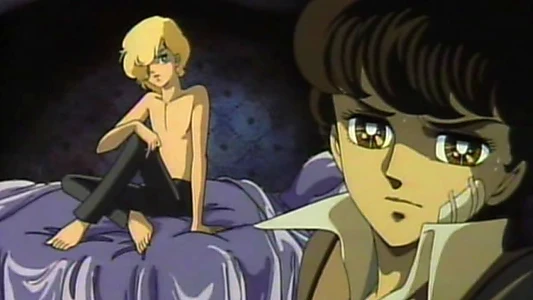
Details.
Release DateNovember 6, 1987
Original Name風と木の詩 SANCTUS-聖なるかな-
StatusReleased
Running Time1h
Genres
Last updated:
This Movie Is About.
boys love
anime
gay theme
You May Also Like.
Look at the other titles that might be interesting for you

Interstellar (2014)
Movie
9.08

The Dark Knight (2008)
Movie
7.39

Mad Max: Fury Road (2015)
Movie
8.07

Gone Girl (2014)
Movie
7.59

Star Wars (1977)
Movie
6.1
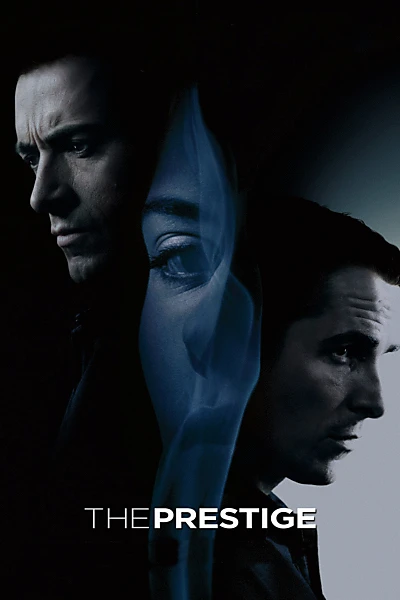
The Prestige (2006)
Movie
8.53
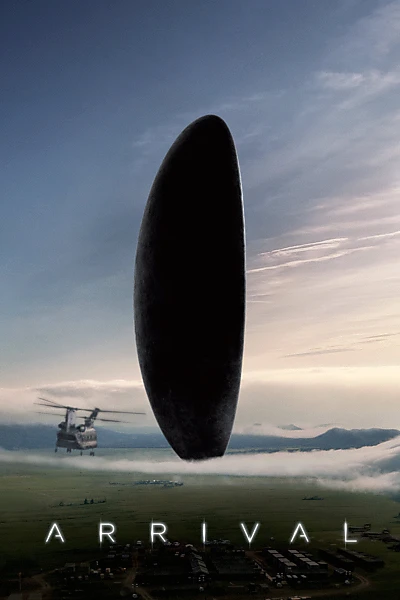
Arrival (2016)
Movie
6.32

Your Name. (2016)
Movie
7.95

Back to the Future (1985)
Movie
6.85

Inglourious Basterds (2009)
Movie
6.99

The Martian (2015)
Movie
8.09

Green Book (2018)
Movie
7.89

Bohemian Rhapsody (2018)
Movie
7.29
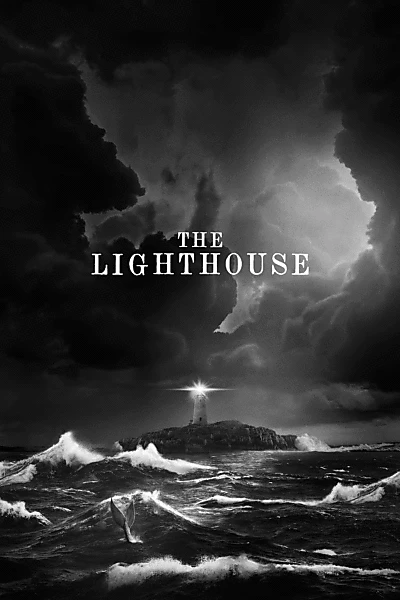
The Lighthouse (2019)
Movie
7.08

The Lobster (2015)
Movie
5.33

Dredd (2012)
Movie
6.42

Life of Brian (1979)
Movie
5

Cold War II (2016)
Movie
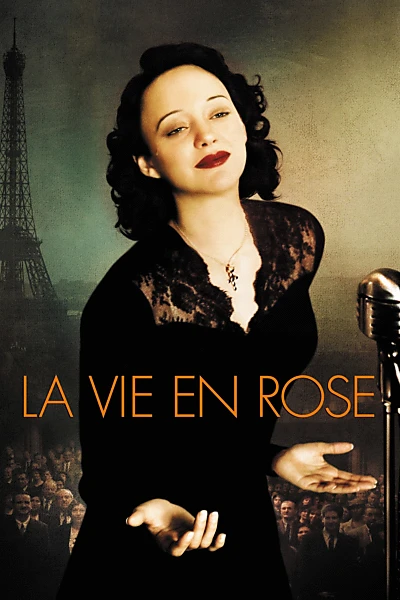
La Vie en Rose (2007)
Movie
8

Summer of '42 (1971)
Movie

